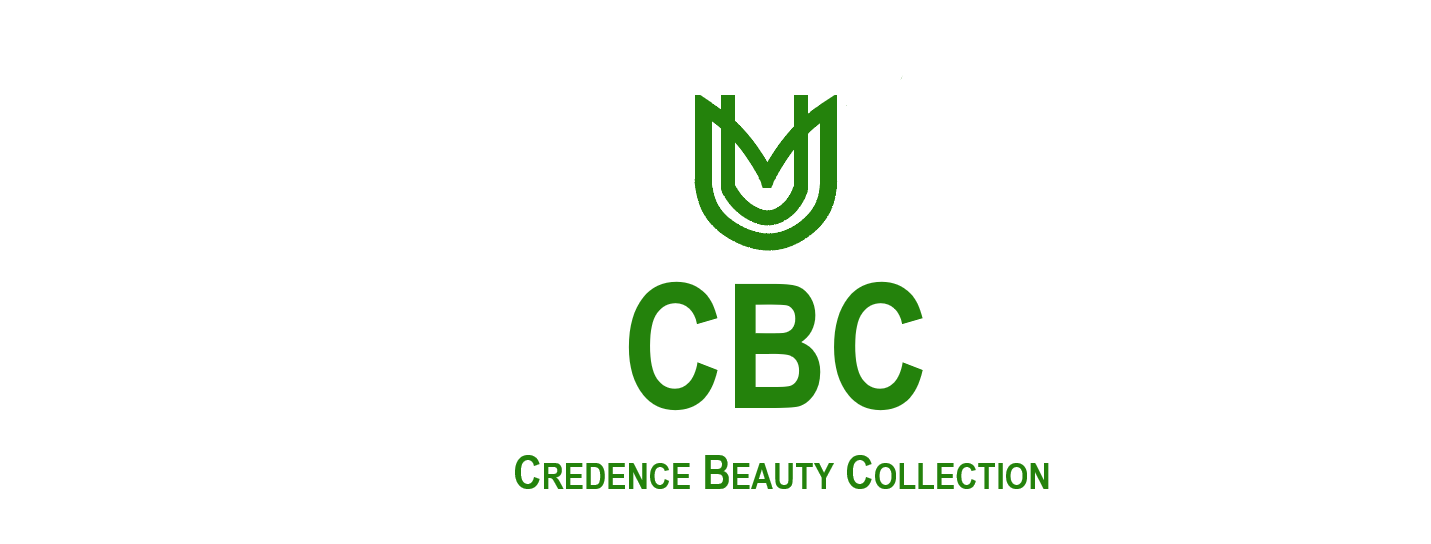The beauty industry has long been a reflection of societal beauty standards, often influenced by dominant cultural norms. However, the increasing globalization of beauty trends and products has highlighted the need for cultural sensitivity in the industry. Cultural sensitivity in beauty acknowledges and respects the diverse beauty practices, traditions, and values of different cultures, promoting inclusivity and diversity.
Understanding Cultural Differences in Beauty
Beauty standards vary significantly across cultures, and what is considered beautiful in one culture may not be in another. For instance, while fair skin is often associated with beauty in some Asian cultures, darker skin tones are celebrated in many African cultures. Similarly, hair textures and styles that are prized in one culture may be viewed differently in another.
The Impact of Cultural Insensitivity
Cultural insensitivity in the beauty industry can have far-reaching consequences, including:
- Cultural Appropriation: The use of cultural symbols, practices, or traditions without understanding or respecting their cultural significance can lead to cultural appropriation. This can result in the exploitation and disrespect of marginalized cultures.
- Exclusion and Marginalization: Beauty products and trends that cater only to dominant beauty standards can exclude and marginalize individuals who do not fit these norms.
- Lack of Representation: The underrepresentation of diverse beauty standards in media and advertising can perpetuate unrealistic beauty ideals and contribute to low self-esteem among individuals who do not see themselves reflected in the beauty industry.
The Benefits of Cultural Sensitivity
Culturally sensitive beauty practices can have numerous benefits, including:
- Increased Inclusivity: By acknowledging and respecting diverse beauty standards, the industry can promote inclusivity and cater to a broader range of consumers.
- Improved Representation: Culturally sensitive beauty practices can lead to more accurate representation of diverse beauty standards in media and advertising.
- Market Expansion: By embracing cultural diversity, beauty companies can tap into new markets and expand their customer base.
- Enhanced Brand Reputation: Culturally sensitive beauty practices can enhance a brand’s reputation and build trust among consumers.
Best Practices for Cultural Sensitivity in Beauty
To promote cultural sensitivity in beauty, consider the following best practices:
- Education and Research: Educate yourself about different cultural beauty practices and traditions.
- Diversity and Inclusion: Foster diversity and inclusion in your team, ensuring that your products and marketing campaigns reflect a range of beauty standards.
- Collaboration: Collaborate with influencers, bloggers, and experts from diverse cultural backgrounds to gain insight and feedback.
- Authenticity: Be authentic in your approach to cultural sensitivity, avoiding tokenism and cultural appropriation.
Conclusion
Cultural sensitivity is essential in the beauty industry, promoting inclusivity, diversity, and respect for different cultural beauty practices and traditions. By embracing cultural sensitivity, beauty companies can tap into new markets, enhance their brand reputation, and build trust among consumers. As the beauty industry continues to evolve, it is crucial to prioritize cultural sensitivity and promote a more inclusive and diverse definition of beauty.



